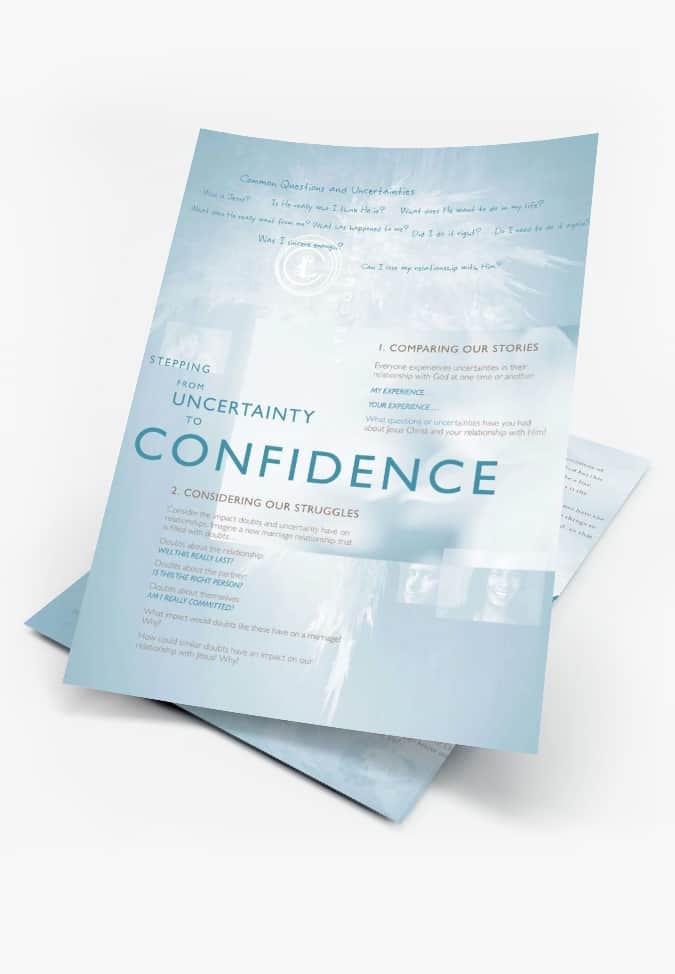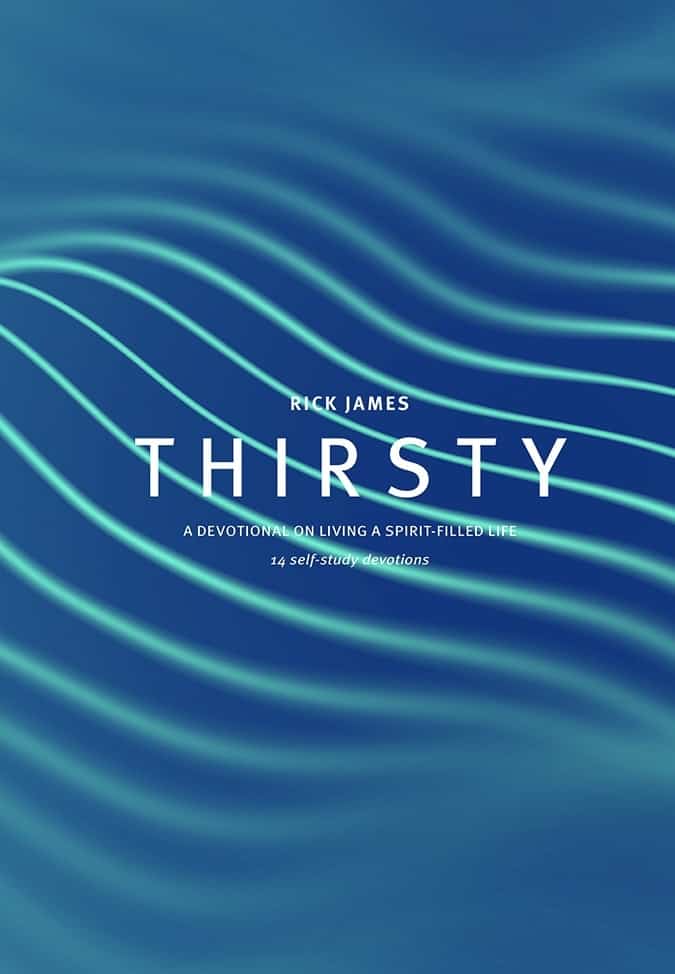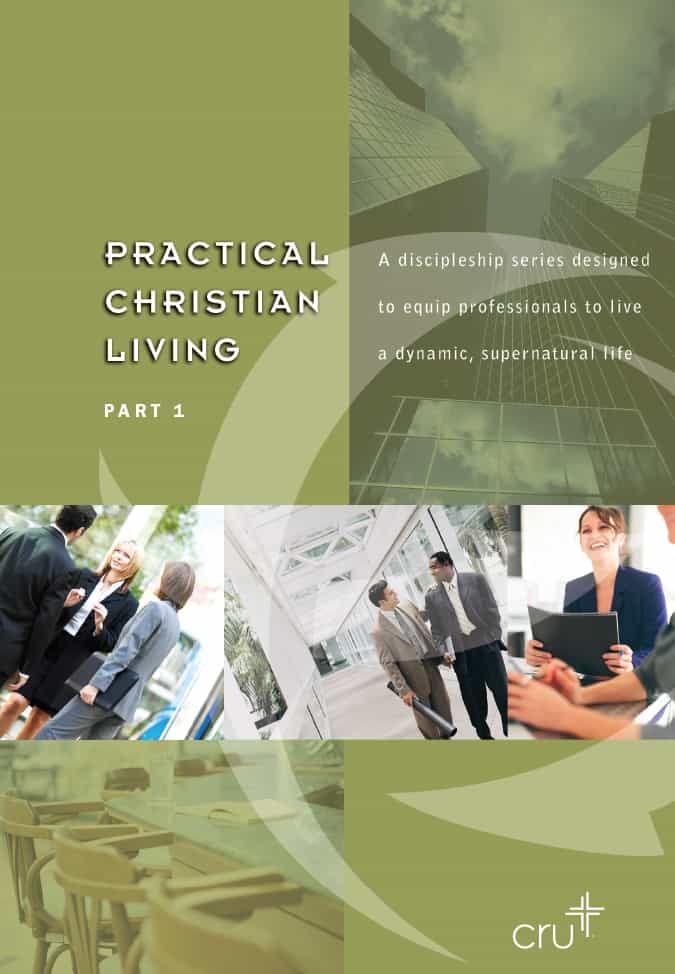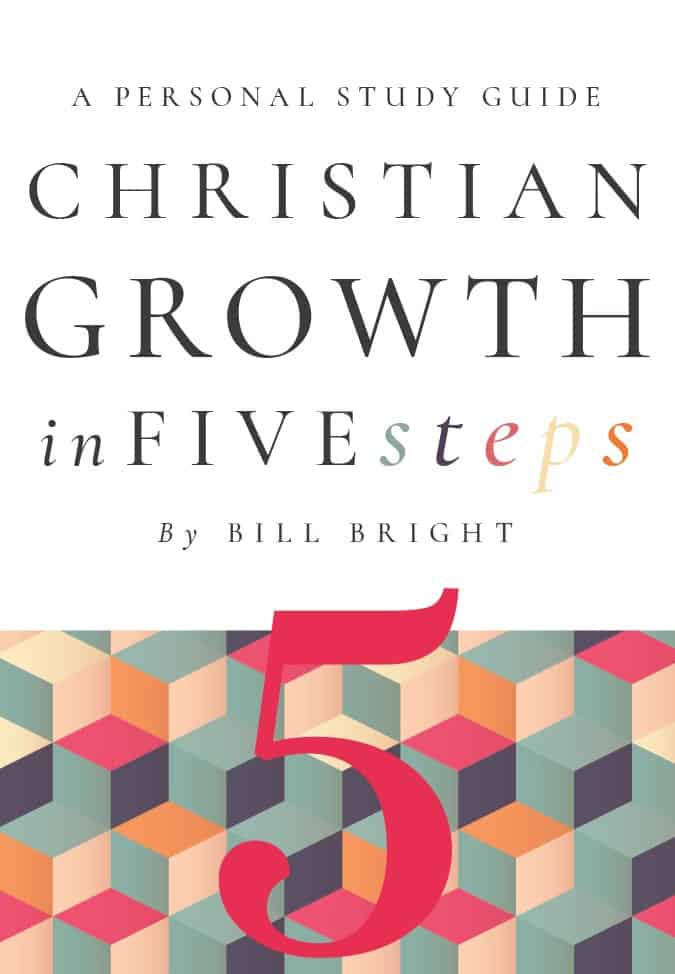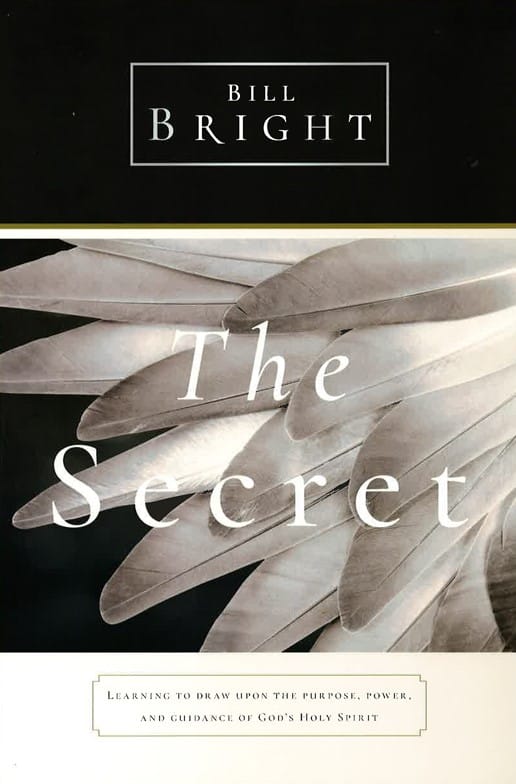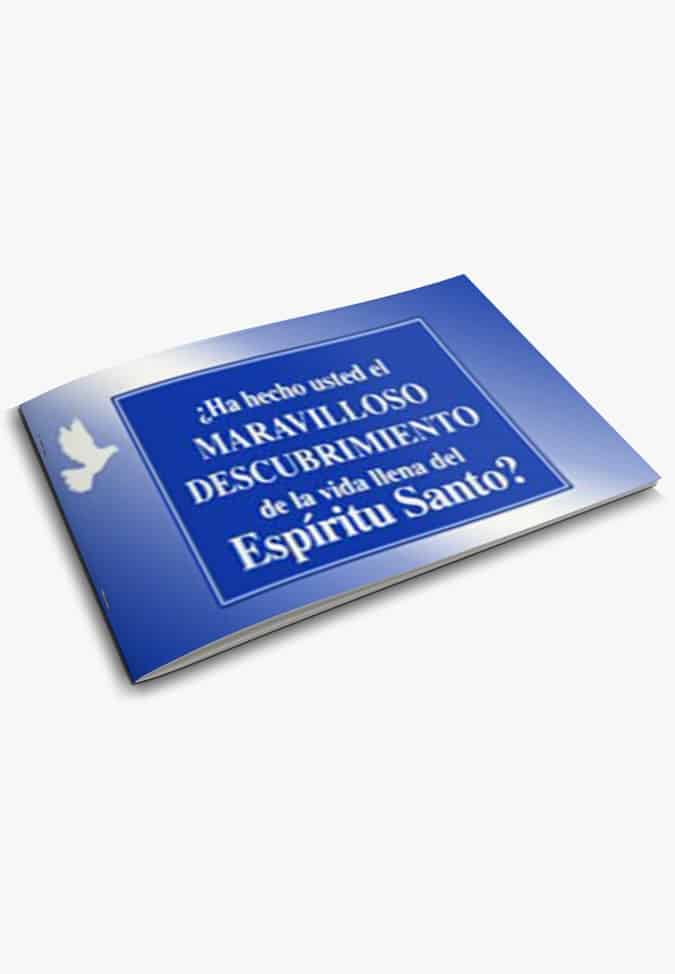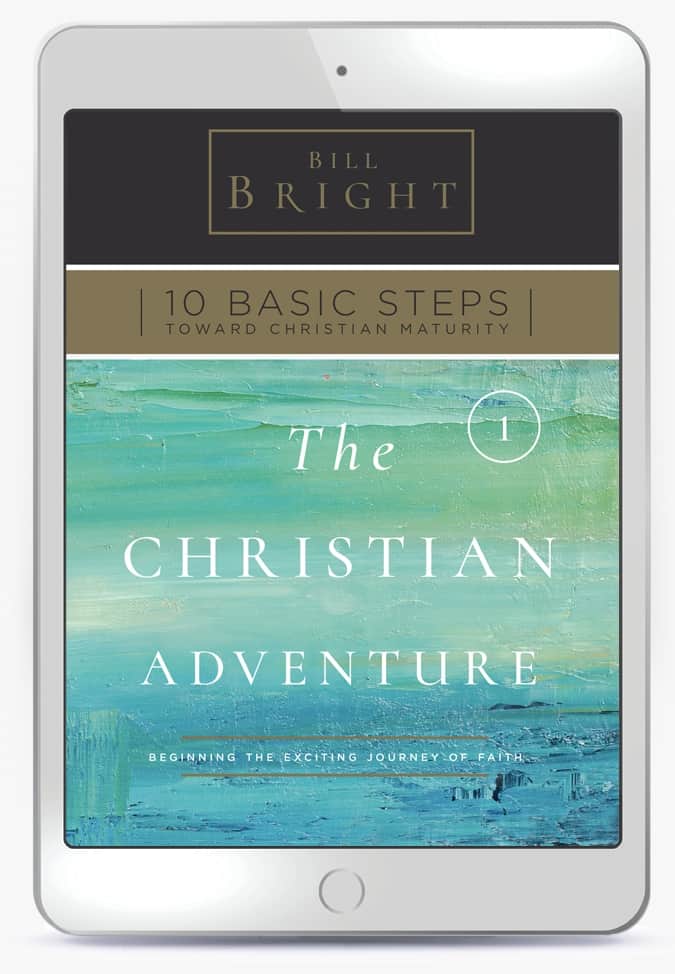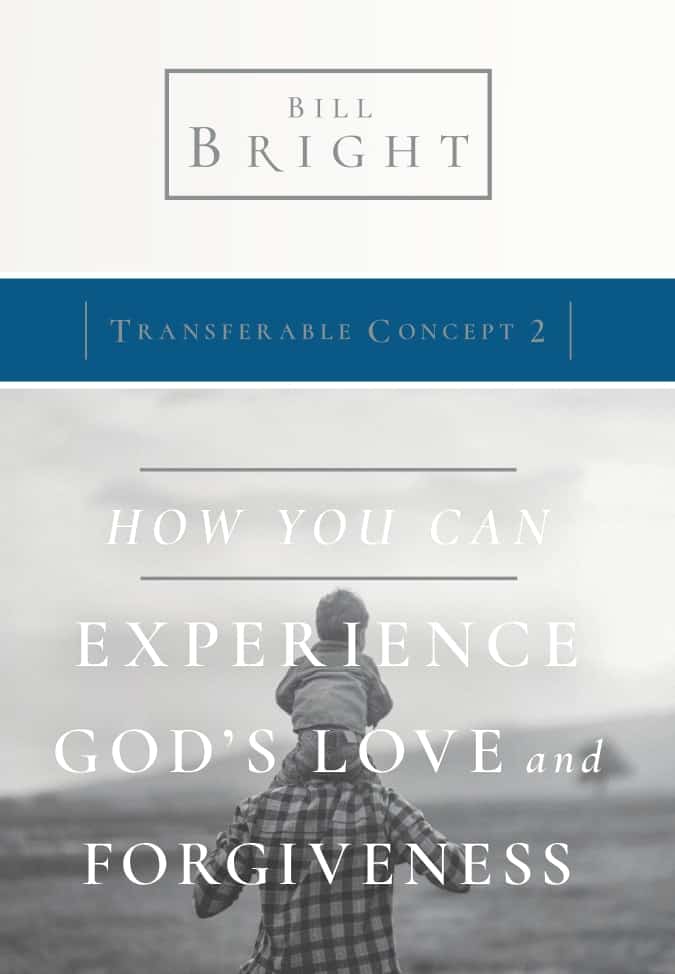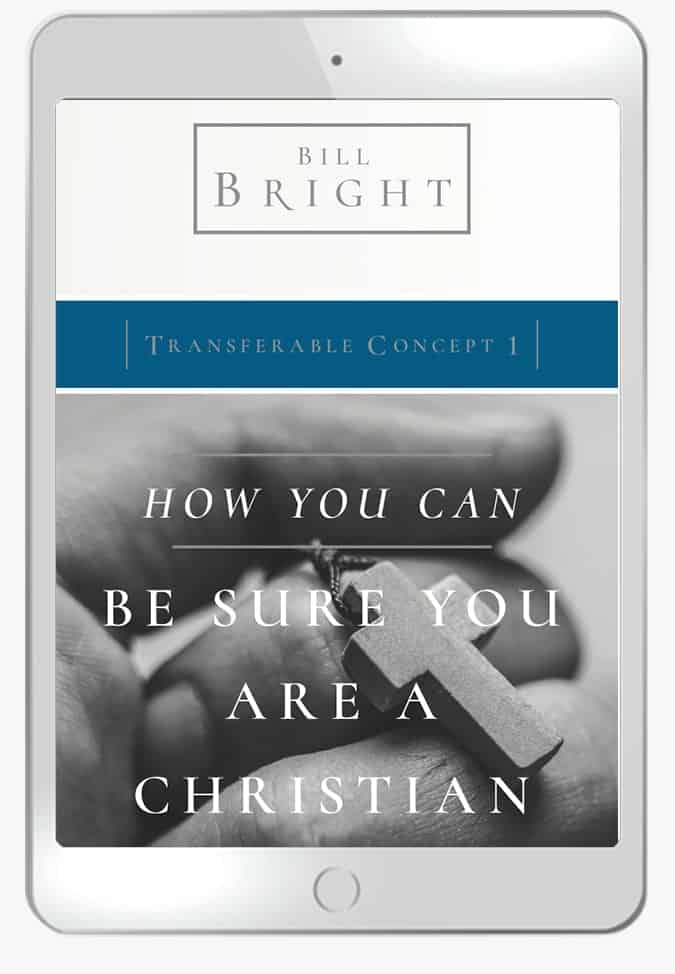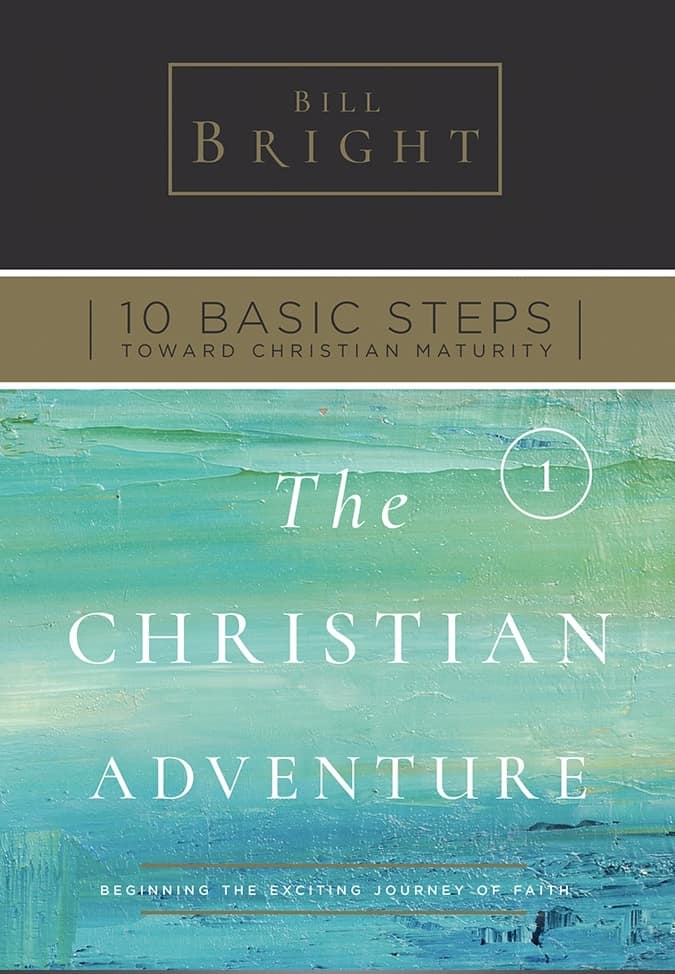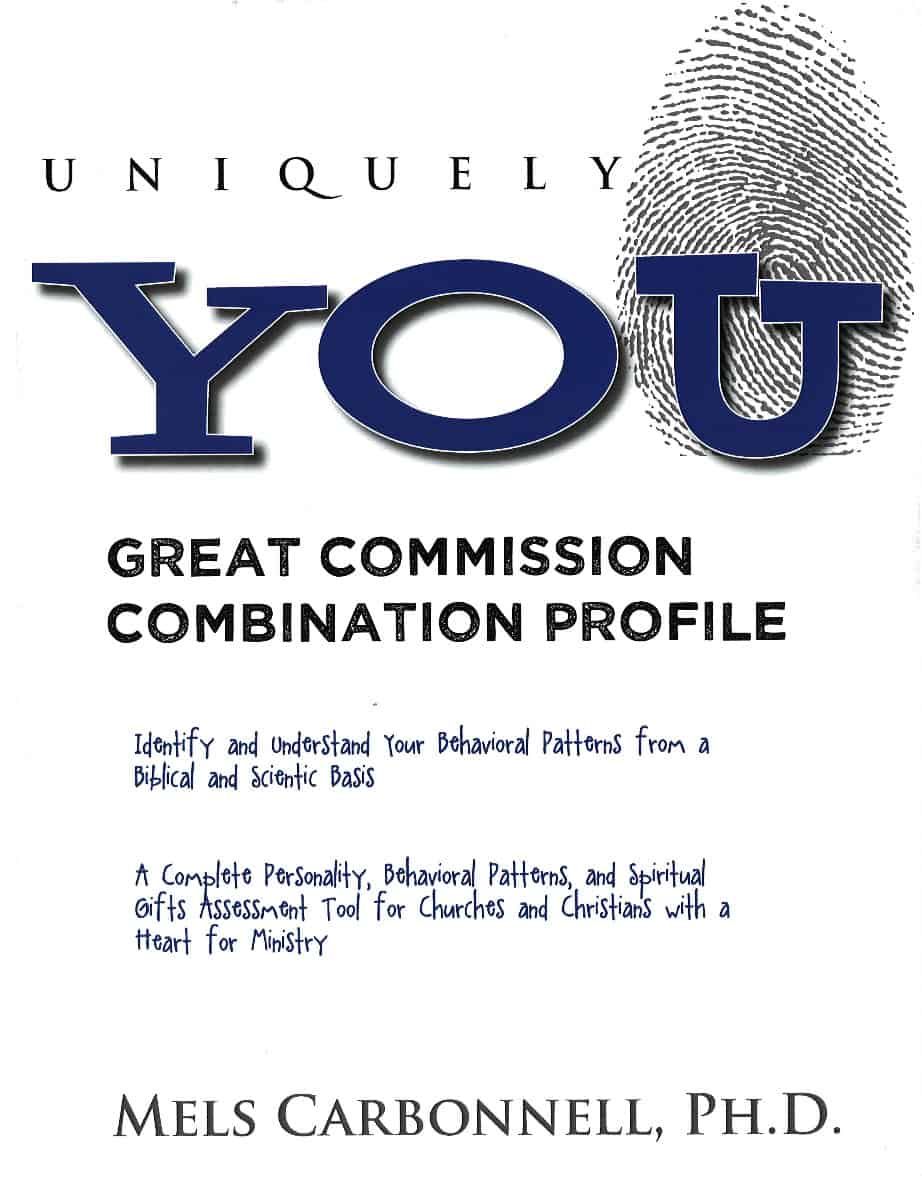Rwanda Government Looks to JESUS Film for Help with Justice, Forgiveness

Kamuzinzi killed 14 members of Damascene's family.
“We lived side by side and we shared everything. I couldn't believe he would do such a thing,” Damascene said in a video interview with The JESUS Film Project®.
“The thing I remember most was seeing my mother's body. She died of machete wounds.”
In 1994, in the tiny African country of Rwanda, the Hutu ethnic tribe planned a massive genocide of all the Tutsi tribe. Kamuzinzi was a Hutu and Damascene was a Tutsi.
For four months, Hutus murdered Tutsis with guns, machetes and sticks. Over 800,000 people were killed, leaving the world in shock and Rwanda in shambles.
Almost 130,000 people, including Kamuzinzi, were incarcerated, excessively overcrowding the small prisons.
The cost of keeping all the prisoners proved too much for the new government, and the process of bringing each of them to trial was painfully slow.
“Rwanda's justice system no longer existed,” writes Scott Peterson in his book Me Against My Brother. “Lawyers and judges were dead, in exile or accused. The government had no money to cope with the guilty, and foreign governments were reluctant to fund a legal system that would surely execute those convicted.”
So the government began a new system, called the Gacaca, meaning “justice on the grass.”
The prisoners and the families of their victims are brought together to talk about what happened and to seek reconciliation. If the prisoners ask for forgiveness, and the family members forgive them, the government will reduce or eliminate the prisoners' sentence.
They were having some success with the new system, but many of the prisoners were still unwilling to admit their guilt.
Then Cru began showing the JESUS film across the country and in the prisons. Taken entirely from the Gospel of Luke, the film's portrayal of Christ helped many prisoners understand their sin.
“The most striking part of the JESUS film was where Jesus was being tortured and crucified,” Kamuzinzi Tura Tsinzerabani remembers. “When I saw that, I reflected back to my deeds and my crimes, and I realized that without confessing them I would not have salvation.”
“Already we've been able to show the JESUS film to over 40,000 of these prisoners,” said Emmanuel Rutunda at a recent conference. The director of Cru in Rwanda also said that 1,200 have been baptized in the prisons, and over 20,000 prisoners have accepted Christ in his country.
“And now the government is asking us to go to every village,” he continued. “So when people are meeting in the Gacaca to reconcile with one another, we can go and show the JESUS film at each village.”
Damascene and Kamuzinzi are now reconciled to each other.
Kamuzinzi was released from prison and now tells other prisoners about Jesus.
“Whenever I see the men in pink [prison uniforms] walking around the streets,” Kamuzinzi says, “I go up to them and say, 'Can you repent? Can you ask for forgiveness?'”
Damascene, whose full name is Turikunkiko Jean Damascene, also has a changed life. “To forgive is not an easy thing,” he says. “And not everybody can forgive. You have to have a changed heart.”
Stories like Kamuzinzi's and Damascene's are happening all over Rwanda. Emmanuel tells another story about a man who killed 40 members of one woman's family. After seeing the JESUS film, the man asked for her forgiveness.
“Gloria would come and visit him in prison,” explains Emmanuel, “and he became like a member of her family.
As the Bible says, Where sin abounds, grace abounds even more.”











